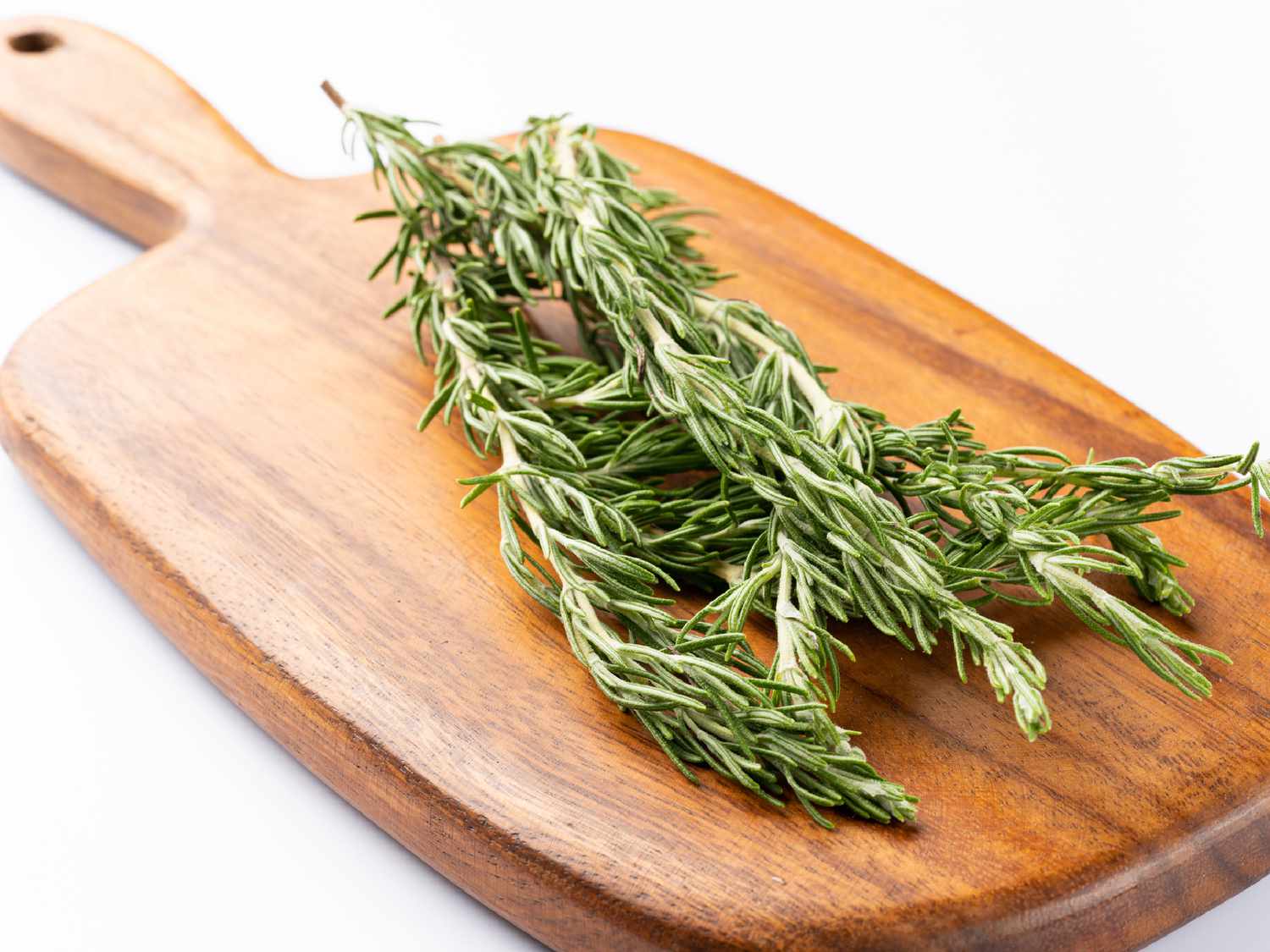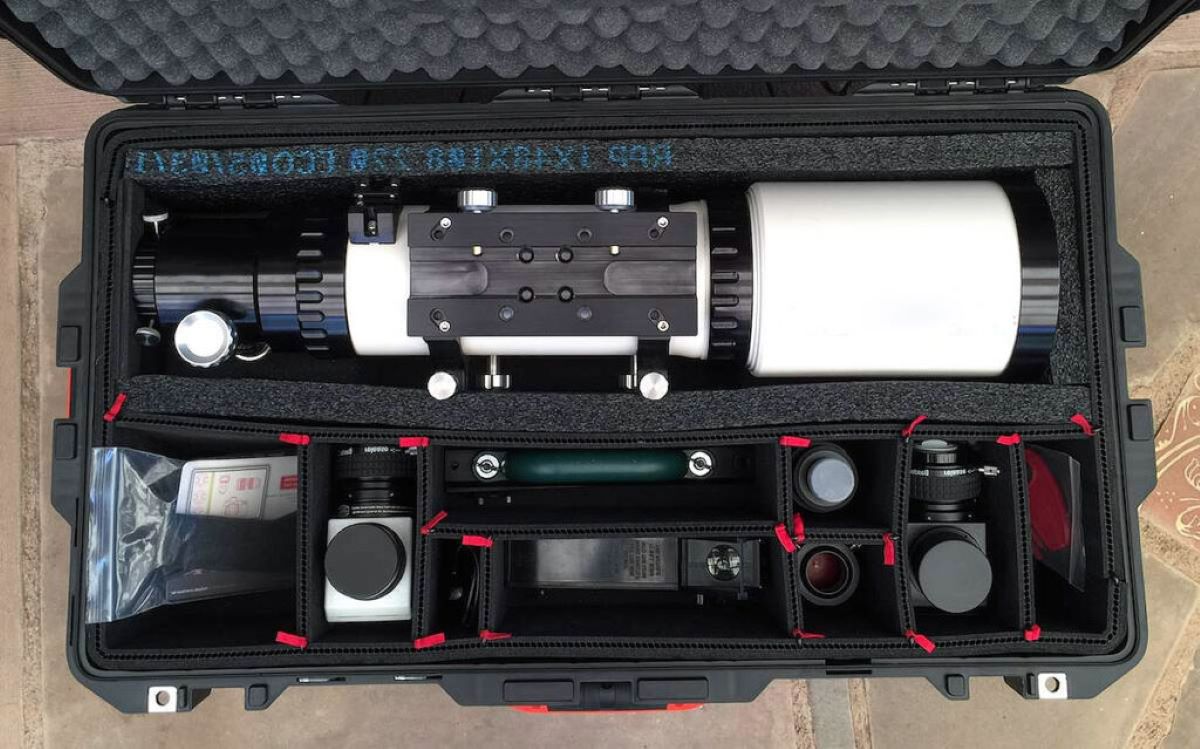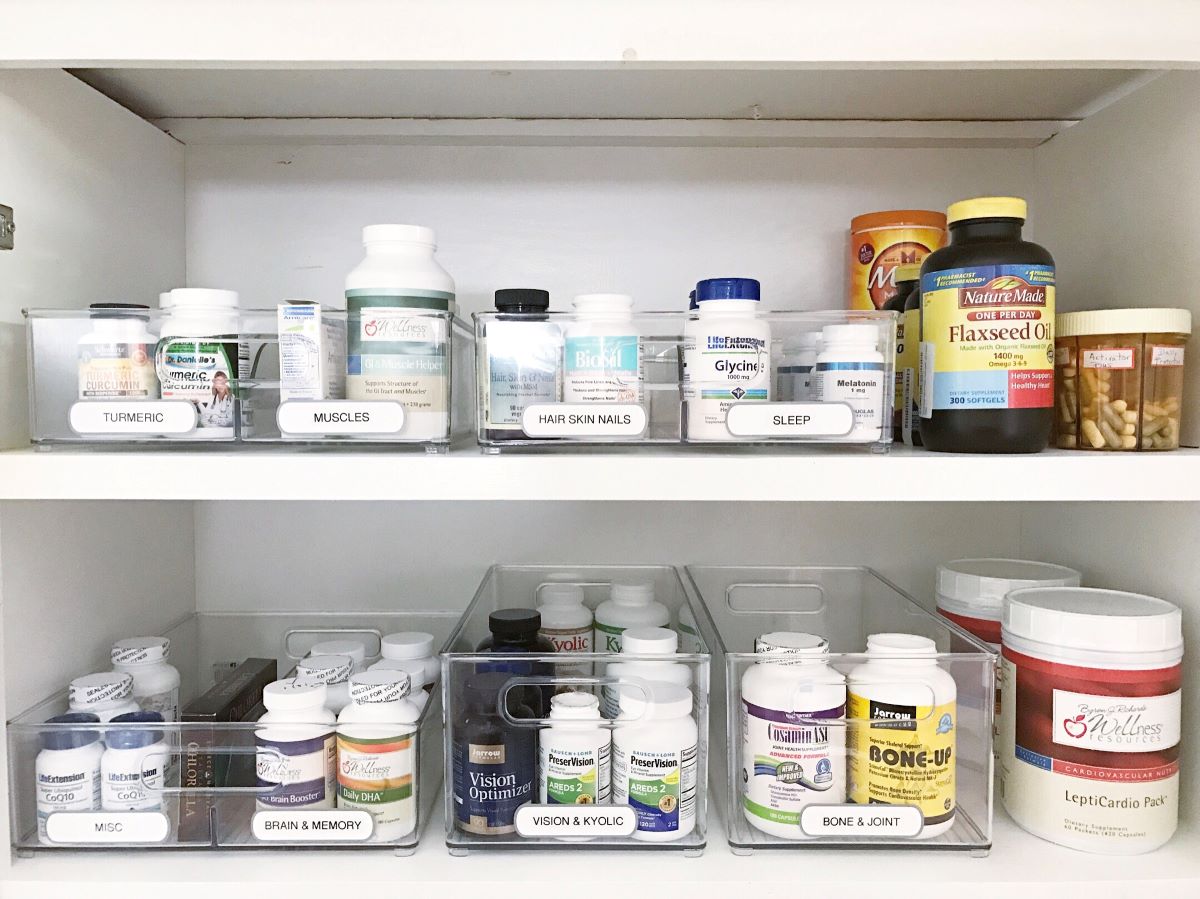

Articles
How To Store Lox
Modified: December 7, 2023
Learn the proper way to store lox with our informative articles. Discover tips and tricks to keep your lox fresh and flavorful.
(Many of the links in this article redirect to a specific reviewed product. Your purchase of these products through affiliate links helps to generate commission for Storables.com, at no extra cost. Learn more)
Introduction
Lox is a delicious and popular type of cured fish that has become a staple in many cuisines around the world. Made from salmon, lox is commonly enjoyed in dishes like bagels and cream cheese or used as a versatile ingredient in salads, sandwiches, and appetizers. Whether you’ve recently discovered a love for lox or are a seasoned lox connoisseur, knowing how to store it properly is essential to maintain its freshness and flavor for longer periods.
In this article, we will delve into the art of storing lox and explore the best practices to ensure its longevity. We will discuss choosing the right container for storing lox, the optimal storage conditions in the refrigerator, freezing techniques for long-term storage, proper thawing methods, and tips to maintain the fresh taste and texture of lox-based dishes. By following these guidelines, you can enjoy the delightful flavors of lox whenever the craving strikes.
So, let’s dive in and uncover the secrets to properly storing lox to preserve its quality and savor its deliciousness!
Key Takeaways:
- Properly storing lox is crucial for maintaining its freshness and flavor. From choosing the right container to thawing techniques, following these guidelines ensures delightful lox-based dishes anytime.
- Whether refrigerating or freezing, proper storage techniques preserve the quality of lox. Use airtight containers, label and date, and follow thawing methods for optimal enjoyment.
Read more: How To Store Store-Bought Bread
The Basics of Lox
Before we dive into storing lox, let’s first understand what it is. Lox is a type of cured salmon that is typically made by brining it in a mixture of salt, sugar, and sometimes other seasonings. The brining process not only adds flavor but also helps preserve the fish by drawing out moisture.
Traditionally, lox was prepared by cold smoking the salmon, which gave it a distinctive smoky flavor. However, the lox we commonly find today is usually made by dry-curing the salmon without any smoking involved. This produces a milder flavor that allows the natural richness of the fish to shine through.
When purchasing lox, you’ll come across different types, including nova lox and gravlax. Nova lox is brined and then cold smoked, giving it a stronger flavor profile. Gravlax, on the other hand, is cured using a mixture of salt, sugar, and dill, without any smoking. This results in a delicately seasoned and slightly sweet lox variation.
Whether you prefer the bold flavors of nova lox or the subtle taste of gravlax, the storage techniques for both types remain the same. Proper storage is crucial to maintain the quality and prevent spoilage of lox, ensuring it stays fresh and delightful to eat.
Now that you have a good understanding of what lox is, let’s move on to the next section to discover how to choose the right container for storing your lox.
Choosing the Right Container for Storing Lox
When it comes to storing lox, selecting the appropriate container is essential to preserve its flavor and texture. Here are some factors to consider when choosing the right container:
- Airtight: Opt for an airtight container to prevent air exposure, which can cause the lox to oxidize, dry out, and lose its freshness.
- BPA-free: Look for containers made from BPA-free materials to ensure that no harmful chemicals leach into the lox.
- Non-reactive: Choose a container that is non-reactive to avoid any metallic or plastic tastes transferring to the lox.
- Size: Select a container that fits the amount of lox you plan to store, leaving minimal empty space to prevent excess air circulation.
Based on these criteria, a good option for storing lox is a glass or food-grade plastic container with a tight-fitting lid. These containers are non-reactive, seal in the freshness, and allow you to see the contents without opening them.
Alternatively, you can also use vacuum-sealed bags designed for food storage. These bags provide an excellent airtight seal and help to remove excess air before sealing, ensuring maximum freshness and preventing freezer burn if freezing the lox.
Once you have selected the right container, it’s time to learn how to store lox in the refrigerator. Continue reading the next section for more details.
Storing Lox in the Refrigerator
Refrigeration is the most common method for storing lox and keeping it fresh for a short period. Here are the steps to follow when storing lox in the refrigerator:
- When you bring home fresh lox, remove it from its original packaging and rinse it gently under cold water to remove any excess brine or salt.
- Pat the lox dry with paper towels to remove excess moisture.
- Wrap the lox tightly in plastic wrap or place it in an airtight container to prevent air exposure.
- Label the container with the date of storage to keep track of its freshness.
- Store the lox in the coldest part of the refrigerator, such as the back of the bottom shelf.
It is important to note that lox is a perishable food item and should be consumed within a few days for optimal freshness. Generally, fresh lox stored in the refrigerator can last for up to five to seven days if properly stored.
Additionally, avoid storing lox near strong-smelling foods as it can absorb odors easily. It is best to store it separately or in a sealed compartment to prevent cross-contamination of flavors.
If you have a larger quantity of lox or want to store it for a longer duration, the next section will guide you on freezing lox for long-term storage.
Freezing Lox for Long-Term Storage
If you have more lox than you can consume within a few days or want to keep it for an extended period, freezing is a great option for long-term storage. Freezing lox helps maintain its quality and prevents spoilage. Follow these steps to freeze lox properly:
- Start by ensuring the lox is fresh and properly stored in the refrigerator.
- Remove any excess moisture from the lox by patting it dry with paper towels.
- If the lox is whole or in large pieces, you may choose to separate them into smaller portions that can be easily thawed when needed.
- Wrap each portion of lox individually in a layer of plastic wrap or aluminum foil. This step helps prevent freezer burn and maintains the texture of the fish.
- Place the wrapped lox portions inside a sealed freezer bag, squeezing out as much air as possible before sealing.
- Label the bag with the date of freezing to keep track of its freshness.
- Store the lox in the freezer, preferably in the coldest part or the back, to maintain a consistent temperature.
When properly frozen and stored at 0°F (-18°C) or below, lox can maintain its quality for up to three months. While it is safe to keep frozen lox for longer, its taste and texture may degrade over time, so it is best to consume it within the recommended timeframe for optimal enjoyment.
Now that you have frozen the lox, you need to know how to thaw it properly to retain its quality and taste. The next section will guide you through the proper thawing techniques for frozen lox.
Store lox in the coldest part of the refrigerator, ideally at 32°F (0°C). Keep it tightly wrapped in plastic wrap or aluminum foil to prevent it from drying out. Use within 3-5 days for best quality.
Read more: How To Store Basil From Grocery Store
Proper Thawing Techniques for Frozen Lox
Thawing frozen lox correctly is crucial to preserve its texture and flavor. Here are a few recommended methods for thawing frozen lox:
- Refrigerator Method: The best and safest way to thaw frozen lox is to transfer it from the freezer to the refrigerator and let it thaw slowly. Place the wrapped lox or sealed bag in the refrigerator and allow it to thaw overnight or for approximately 8-12 hours. This gentle thawing process helps maintain the quality and texture of the fish.
- Cold Water Method: If you need to thaw lox quickly, you can use the cold water method. Ensure the lox is well-wrapped and sealed in a plastic bag to prevent water contact. Submerge the package of frozen lox in a bowl of cold water. Change the water every 30 minutes to maintain a consistent temperature. It should take about 1-2 hours for the lox to fully thaw using this method.
- Defrosting in Microwave (Quick method): While this method can be convenient for immediate use, it should be used with caution to avoid overheating or damaging the lox. Remove the plastic wrap or any metal parts from the lox and place it on a microwave-safe plate. Use the defrost setting or low power setting on your microwave. Microwave in short intervals, flipping the lox occasionally, until it is thawed but still slightly firm.
Once the lox is thawed, it is essential to use it promptly. It is not recommended to refreeze previously frozen lox, as it can affect the texture and taste. Thus, it is best to thaw only the amount you need to minimize food waste.
Now that you know how to store, freeze, and thaw lox effectively, let’s move on to the next section for some tips to help maintain the freshness and flavor of lox.
Tips for Maintaining Freshness and Flavor of Lox
To ensure that your lox stays fresh and delicious, here are some valuable tips to keep in mind:
- Use it promptly: Lox is best enjoyed when it is fresh. Try to consume it within a few days of purchase or thawing.
- Store it properly: Whether in the refrigerator or freezer, always use airtight containers or proper wrapping techniques to protect the lox from air exposure, which can cause spoilage.
- Avoid cross-contamination: Store lox separately from strong-smelling foods to prevent it from absorbing unwanted odors.
- Don’t forget about freezing: If you have excess lox that you won’t finish in time, freezing it is a great way to extend its shelf life and maintain its quality.
- Label and date: When storing lox in the refrigerator or freezer, label the container or bag with the date to keep track of its freshness.
- Thaw gently: When thawing frozen lox, opt for the refrigerator method or cold water method to retain the optimal texture and flavor.
- Use appropriate portions: Thaw only the amount of lox you need to avoid refreezing and to reduce food waste.
- Inspect before consuming: Before using or consuming lox, always inspect it for any signs of spoilage, such as a strong foul smell, sliminess, or discoloration. If you notice any of these signs, discard the lox immediately.
By following these tips, you can ensure that your lox remains fresh, flavorful, and safe to eat for an extended period.
Now that you have learned how to store and maintain lox’s quality, let’s move on to the final section for some guidelines on storing leftover dishes that include lox.
Storing Leftover Lox-Based Dishes
If you have leftover dishes that include lox, such as salads, sandwiches, or pasta dishes, proper storage is key to maintain their quality. Here are some tips for storing leftover lox-based dishes:
- Remove any perishable ingredients: If your lox-based dish contains perishable ingredients like lettuce or tomatoes, remove them before storing, as they can become soggy and affect the texture of the dish.
- Separate the lox: If the lox is easily removable from the dish, separate it from other ingredients to prevent it from becoming mushy or overcooked during storage.
- Portion the leftovers: Divide the remaining lox-based dish into individual portions that you can consume in one sitting. This helps minimize waste and ensures each serving stays fresh.
- Transfer to airtight containers: Place the individual portions of the lox-based dish into airtight containers to maintain freshness and prevent any cross-contamination of flavors or odors.
- Label and date: Don’t forget to label the containers with the name of the dish and the date of storage. This makes it easier to keep track of leftovers and ensures you use them within a reasonable timeframe.
- Refrigerate promptly: Store the leftover lox-based dishes in the refrigerator as soon as possible after they have cooled down. Refrigeration slows down bacterial growth and helps preserve the quality and safety of the food.
- Consume within a few days: Leftover lox-based dishes should be consumed within 2-3 days for optimal freshness and taste. If you know you won’t finish them within that timeframe, consider freezing the leftovers instead.
Remember to use your senses and inspect the leftovers before consuming. If the dish has an off smell, unusual texture, or shows signs of spoilage, it’s best to discard it.
By following these guidelines, you can enjoy your lox-based dishes for an extended period while ensuring their quality and safety.
With these storage tips and techniques, you are now equipped to properly store, freeze, thaw, and enjoy lox to its fullest. Whether you’re preparing a gourmet breakfast with bagels and cream cheese or adding a touch of elegance to your salads, you can savor the delightful flavors of lox anytime you desire!
Remember, proper storage not only preserves the taste and texture of lox but also ensures its safety for consumption. So, make sure to apply these storage practices whenever you indulge in this beloved cured fish.
Happy lox storing and enjoying!
Conclusion
Properly storing lox is essential to maintain its freshness, flavor, and quality. By following the right storage techniques, you can enjoy the delightful taste of lox anytime you desire, whether it’s in a classic bagel and cream cheese combo or as a versatile ingredient in various dishes.
From choosing the right container and storing lox in the refrigerator to freezing it for long-term storage, proper storage practices help to preserve the taste and texture of this popular cured fish. Thawing frozen lox correctly is also crucial to ensure the best eating experience.
Remember to use airtight containers or vacuum-sealed bags to prevent air exposure and protect the lox from deteriorating. Label the containers with dates to keep track of freshness, and be mindful of cross-contamination by storing lox separately from strong-smelling foods.
If you have leftovers that include lox, make sure to remove perishable ingredients, separate the lox, and store the dishes in airtight containers in the refrigerator. Consume the leftovers within a few days to prevent spoilage and food waste.
By following these storage tips and techniques, you can enjoy the wonderful flavors of lox while ensuring its quality and safety. Whether you’re preparing a special meal or simply satisfying a craving, knowing how to properly store lox will allow you to enjoy it at its peak.
So, the next time you bring home some delicious lox, remember to apply these storage guidelines to enhance your culinary experience. With proper storage, you can relish the rich flavors and delicate textures of lox for days to come!
Happy storing and savoring the delectable world of lox!
Frequently Asked Questions about How To Store Lox
Was this page helpful?
At Storables.com, we guarantee accurate and reliable information. Our content, validated by Expert Board Contributors, is crafted following stringent Editorial Policies. We're committed to providing you with well-researched, expert-backed insights for all your informational needs.















0 thoughts on “How To Store Lox”